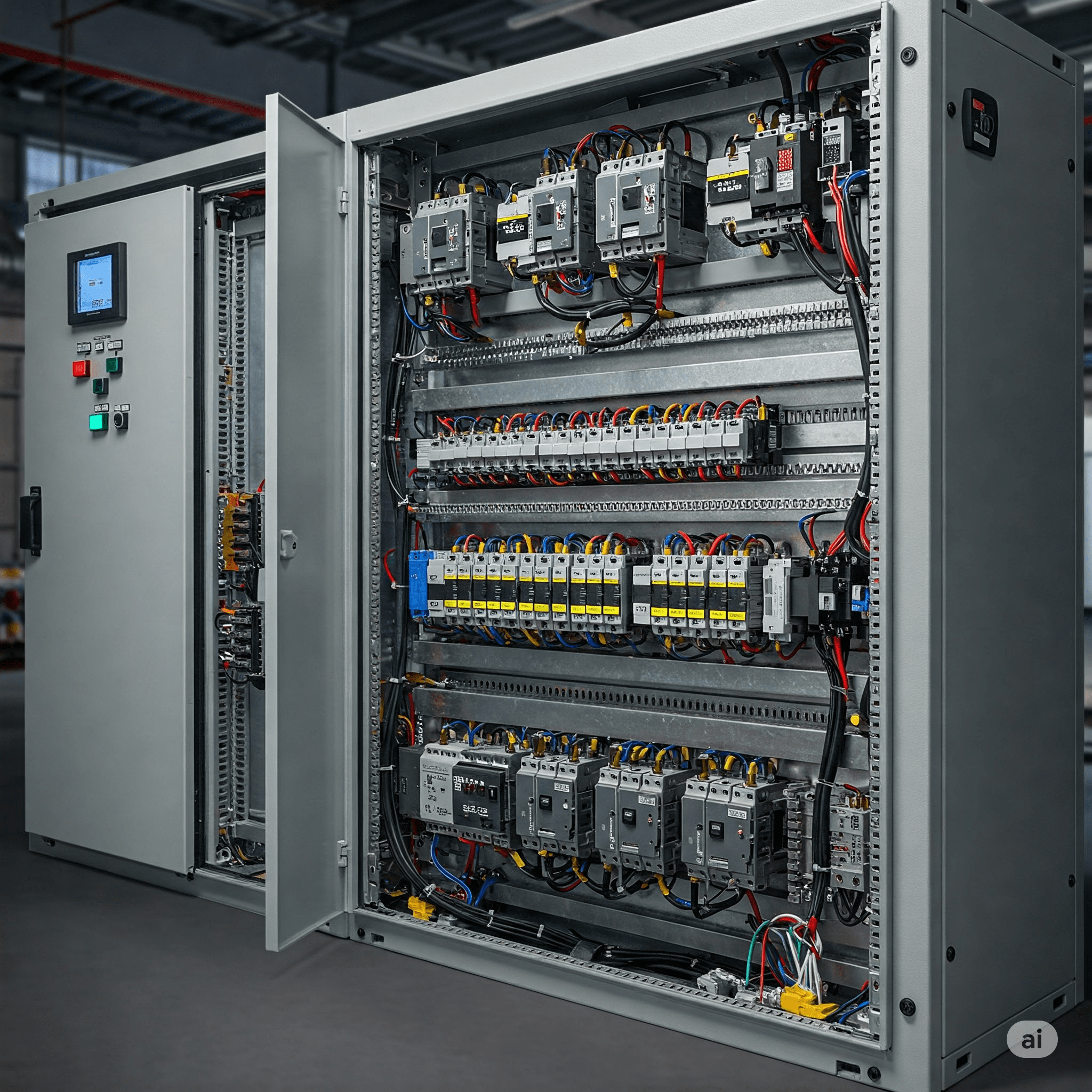Most industrial and commercial businesses in Zimbabwe focus on reducing energy consumption by switching off lights, optimizing shift hours, or limiting machine use. But there’s a silent culprit adding to your bill: poor power factor.
If you’ve never looked into it, you could be paying ZESA for energy you’re not actually using.
What is Power Factor?
Power factor (PF) is the ratio of “real power” (what you actually use) to “apparent power” (what ZESA has to supply you).
- A PF of 1.0 is ideal.
- Below 0.9, you’re likely being charged penalties.
- Below 0.8, it’s costing you a lot.
How Poor Power Factor Costs You
- Extra charges: ZESA applies penalties for low PF, especially in high-consumption sites.
- Overloaded systems: Poor PF increases the current draw, stressing cables, transformers, and equipment.
- Reduced capacity: You may need to “oversize” your system just to compensate for inefficiency.
How ZESA Calculates Penalties for Low PF
When your facility operates at a low PF, ZESA (through ZETDC) doesn’t just bill you for the energy (kWh) you consume. They also bill for reactive energy (kVArh)—the energy wasted in the system due to inefficiency.
If your PF falls below 0.95, you’re flagged and charged for this reactive component. This charge shows up as a power factor penalty or excess demand on your bill. It’s money spent on energy that does no useful work.
Real Example:
If your factory is billed for 100,000 kWh per month but operates at 0.78 PF, ZESA calculates your reactive demand and adds a separate kVArh charge, which could raise your bill by 10–20%.
By correcting your power factor to above 0.95 with capacitors, that penalty disappears—sometimes
How Power Factor Correction Works
We install automatic capacitor banks or smart reactive power controllers that balance your system in real time. These work by:
- Injecting reactive power back into the system
- Keeping your PF above 0.95
- Reducing ZESA penalties and electrical losses
Real Example from the Field
One of our clients—an agro-processing plant—was running at a PF of 0.78 and receiving monthly surcharges. After installing an automated 150kVAR capacitor bank, the PF rose to 0.97, and their monthly bill dropped by 12%, with ROI achieved in under 8 months.
Should You Check Yours?
If your site has:
- Multiple motors or pumps
- Large compressors or VSDs
- Long cable runs or frequent voltage dips
…chances are, you’re a good candidate for correction.
Let’s Talk Savings
Whether you’re running a factory, warehouse, or commercial building—we can assess your system, identify the inefficiencies, and fix them.
Contact us for a power audit or PFC consultation.






